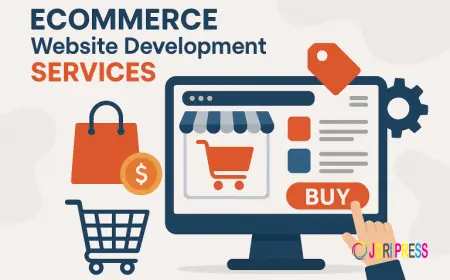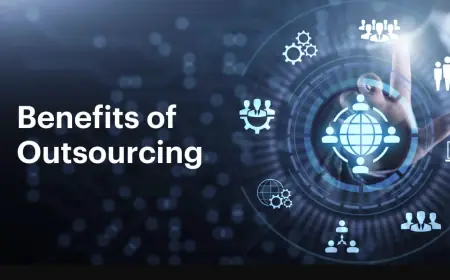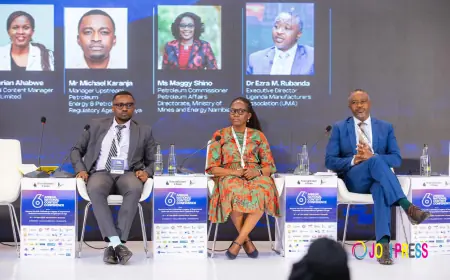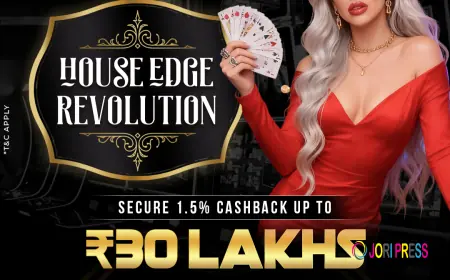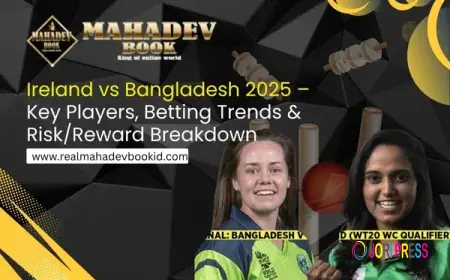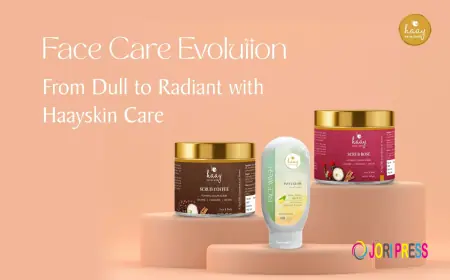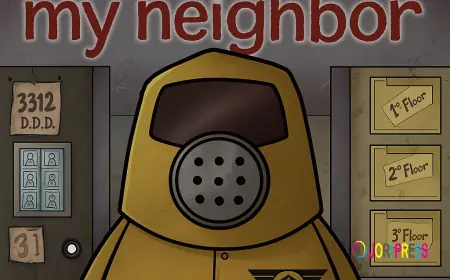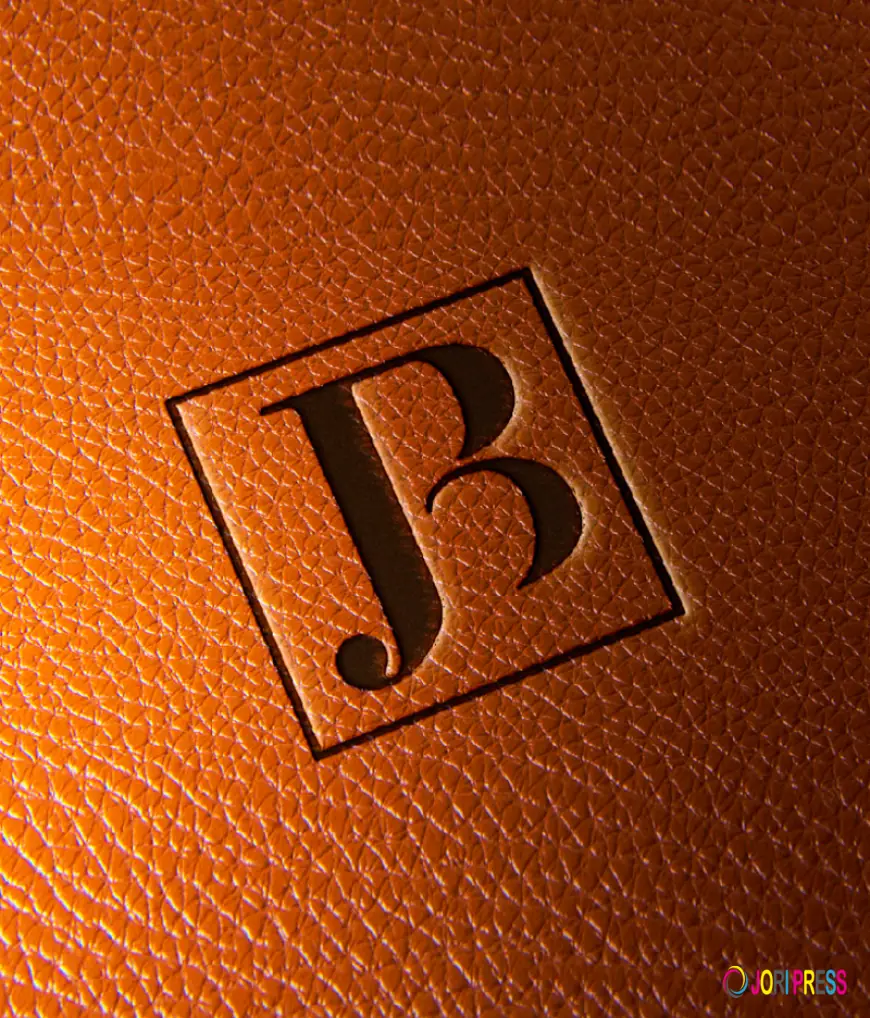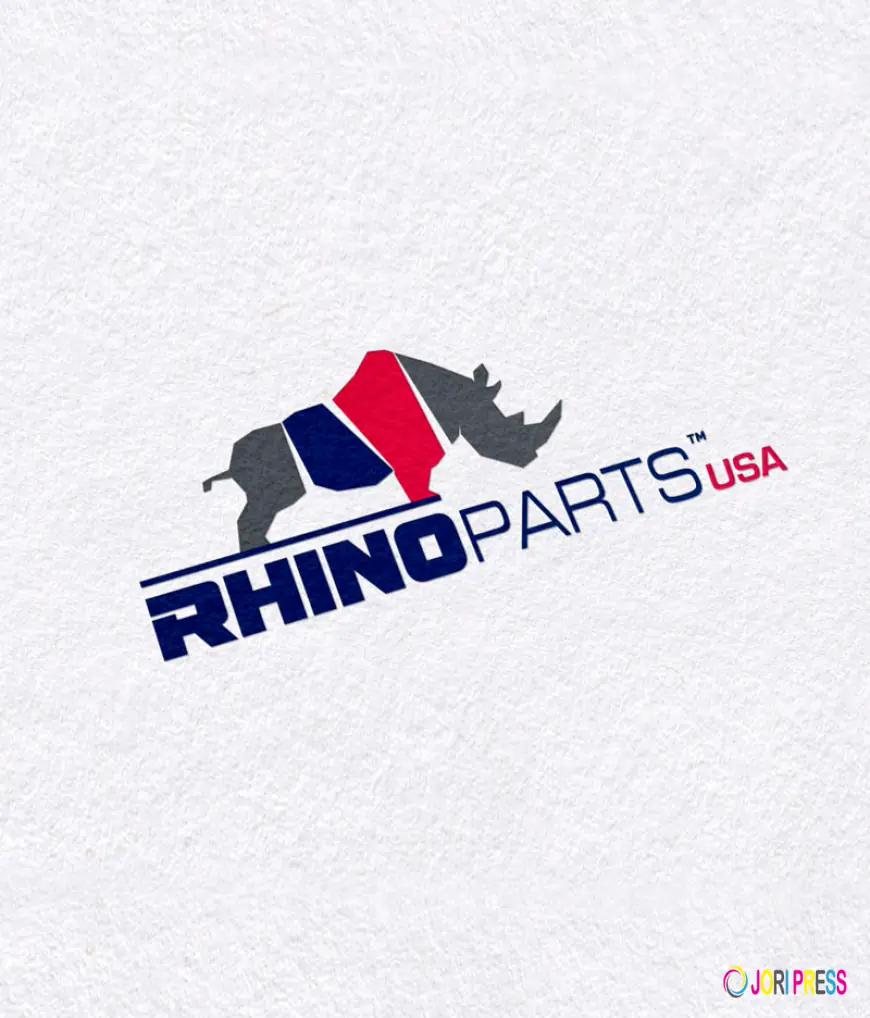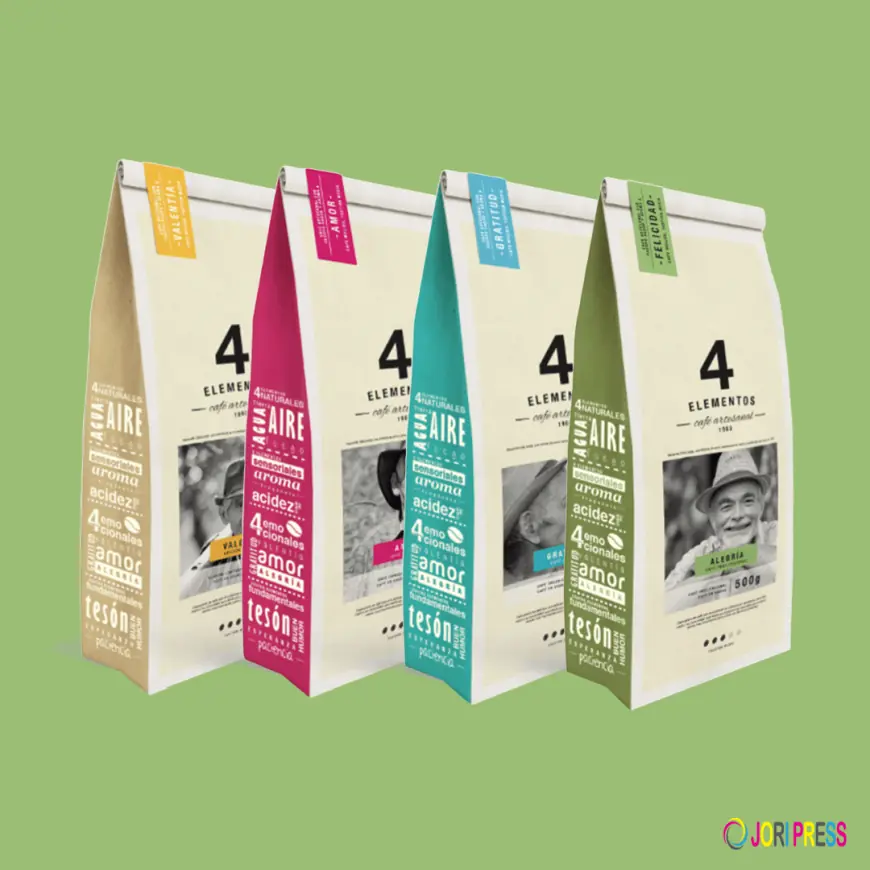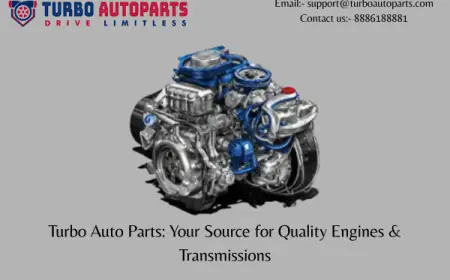The Best Logo Design Services Online Don't Just Make Logos — They Boost Conversions, Brand Recognition, and Customer Loyalty
The best logo design services online know how to hit this balance. They’re not just arranging shapes on a screen. They start by asking the hard questions
A small bakery down the street recently rebranded. New logo, same recipes. Sales jumped 34% in two months.
Was it the logo? Not exactly. But also... kind of, yeah.
See, their old logo looked like something from a 1987 church bulletin. Dated doesn't even cover it. The new one? Clean, warm, memorable. Short, people were taking photos of their pastry boxes for Instagram. The bakery became "that cute place with the vintage-modern vibe." Les mêmes croissants. Different perception.
That’s what happens when you stop treating a logo like an afterthought.
Why Some Logos Stick and Others Don’t
There’s no secret recipe, but there are patterns. The logos people remember usually share a few traits: they’re simple enough to draw from memory, distinct enough to stand out, and closely tied to what the business does—or what it wants to represent.
The best logo design services online know how to hit this balance. They’re not just arranging shapes on a screen. They start by asking the hard questions: Who are you trying to reach? What should people feel when they see your brand? What are your competitors doing that you should stay far away from? These aren’t “creative” questions for the sake of it—they’re strategic, and they shape whether a logo actually works instead of just existing.
But most businesses skip that part. They jump straight to “make it modern” or “give it some pop,” and then wonder why their logo doesn’t make an impact. Because looking good isn’t the same as doing the job well.
The Conversion Thing Nobody Talks About
Here's something weird: people judge websites in 0.05 seconds. That's faster than reading a single word. So what are they judging? Visuals. And the logo is usually the first thing their eyes land on.
A polished logo signals credibility before someone even reads the tagline. It's subconscious shorthand for "this company has their act together." The reverse is also true—amateur design screams "proceed with caution."
Think about the last time you landed on a sketchy-looking website. Did you stick around? Probably not. That gut-level distrust started with design, and the logo played a starring role. Conversion rates live or die on these split-second judgments.
Good logo designers know which visual cues trigger trust in different industries. Financial services need one vibe, craft breweries need another. Fonts matter. Colors carry weight. A mismatch between audience expectations and actual design creates friction—and friction kills conversions faster than bad copy ever could.
Brand Recognition Is Just Consistency With Style
Coca-Cola's logo hasn't organically changed in over a century. That's not inflexibility—it's strategic repetition. Every billboard, every can, every ad supports the same visual language. Over time, that character becomes instantly recognizable.
But here's the catch: consistency only works if the foundation is solid. You can't repeat your way into relevance if the original design is forgettable or poorly conceived. That's where skilled designers earn their keep. They're building logos that can carry a brand for decades, not just survive a single product launch.
The best logos also scale like crazy. They work tiny on a business card and massive on a building. They look good in full color and are still recognizable in black and white. They translate across cultures without accidentally offending someone in a market you haven't even entered yet.
Amateurs design for today. Pros design for tomorrow and the decade after that.
Loyalty Starts With Feeling, Not Logic
Nobody rationally decides to feel loyal to a brand. It happens gradually through repeated positive experiences, and the logo becomes the visual bookmark for all those feelings.
See the Apple logo and feel innovative. See the Target bullseye and feel budget-friendly chic. See your favorite coffee shop's logo and feel that specific comfort of your morning routine. These aren't accidents—they're the result of logos consistently paired with experiences over time.
Professional logo design services understand this emotional architecture. They're not just making something pretty; they're creating a vessel that will eventually hold years of customer relationships. When someone sees your logo and smiles, that's brand equity you can't buy with ads alone.
The flip side? A cheap, forgettable logo becomes a liability. It's harder to build emotional connections when the visual anchor keeps shifting (because you redesign it every year) or never registered in the first place.
Templates vs. Custom Work: The Real Cost Difference
Sure, you can grab a $20 template and call it done. For a hobby project, fine. But for a business that plans to grow? That's like putting cardboard wheels on a car and wondering why it doesn't drive smoothly.
Templates are generic by design. They have to appeal to everyone, which means they're optimized for nobody specifically. Thousands of other businesses might be using the same base elements. Not exactly a recipe for standing out.
Custom logo design starts with strategy. What problem is this business solving? Who cares? What makes them different? The design flows from those answers, not from a dropdown menu of pre-made icons. Every color choice has a reason behind it. Every curve serves a purpose.
And while custom work costs more upfront, it saves money long-term. Better recognition means cheaper marketing. Higher conversion rates mean more revenue per visitor. Stronger brand loyalty means customers stick around longer. Suddenly, that "expensive" design starts looking like one of the smartest investments the business made.
What Happens When Design Actually Works
That bakery I mentioned earlier didn't just get a new logo—they got clarity. The design forced them to articulate what they actually stood for, which influenced everything from their menu design to how staff greeted customers. The logo became the visual anchor for a more cohesive brand experience.
That's the thing people miss about good design. It's not decoration. It's not window dressing. It's a tool that clarifies, communicates, and converts. When done right, it doesn't just sit there looking nice—it works overtime building recognition, trust, and loyalty while you sleep.
Most businesses will never think about their logo this deeply. They'll treat it like a checkbox item between registering the domain and ordering business cards. And that's fine. That's also why they'll struggle to stand out in a market where attention is expensive and loyalty is earned through a thousand tiny consistent moments.
The businesses that get it? They're not scrutinizing for the most affordable option. They're looking for the right one.
What's Your Reaction?
 Like
0
Like
0
 Dislike
0
Dislike
0
 Love
0
Love
0
 Funny
0
Funny
0
 Angry
0
Angry
0
 Sad
0
Sad
0
 Wow
0
Wow
0




